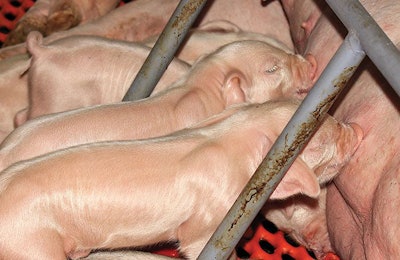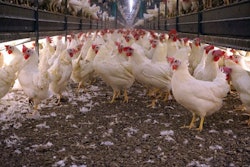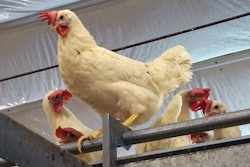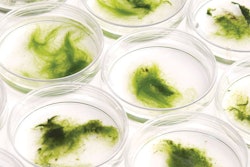
The value of lactose in piglet feeds has never been questioned as much as in the past decade when antibiotic-free diets were designed. As it happens, lactose is a mild laxative, and any form of loose fecal material was and is still perceived as a failure of the new feeds. Interestingly, when antibiotics were used routinely, producers and veterinarians were able to discern and discard osmotic diarrhea due to the laxative nature of highly complex starter feeds. Lamentably, such knowledge or toleration is no longer encountered in modern piglet feeding enterprises. As such, lactose, along with several other ingredients with similar laxative activity, have been reduced to the point that some high-quality feeds no longer contain any!
The usefulness of dairy products bearing lactose in piglet diets has been invariably established in well-designed trials at The Ohio State University under the late D.C. Mahon. In those studies, in the early 1990s, it was made clear that young pigs respond to increasing levels of lactose in a linear fashion: the more lactose in their feed, the higher their feed intake. Of course, those diets contained no animal plasma or zinc oxide, but they contained antibiotics. Nevertheless, the basic principle was proved beyond any doubt and it remains only to adjust modern thinking into the framework established then. A review of similar trials conducted from 1993 until present reveals the following general concepts:
- High dietary concentrations of lactose are needed immediately post-weaning, but
- lactose concentrations can be reduced rapidly afterwards, whereas
- piglets do not benefit greatly from supplemental lactose after 12 kg body weight.
Although growth performance in lactose trials has been variable due to basal diet composition, environment, health conditions and feed intake, most experiments report quite similar lactose requirements for nursery pigs. Based on these data, practical recommendations for dietary lactose specifications are presented in the Table 1.
Lactose-specifications
These lactose levels assume pigs are raised in above-average conditions and thus not susceptible to general pathogenic infections.
The above lactose levels assume pigs are raised in above-average conditions and thus not susceptible to general pathogenic infections. They also assume feeds may contain prophylactic levels of antibiotics or other similar additives that control digestive bacterial growth. In below-average conditions, it is not uncommon for these levels to be lowered by 5 percentage lactose points. Such modern feeds with lower lactose are usually fortified with extra fiber, organic acids and other ingredients or additives that help control gut health.
On a final note, it appears that dietary lactose requirements are also affected by the feed intake pattern of the basal diet without lactose, especially during the first couple of weeks post-weaning. A study conducted in 1995 indicated that addition of animal plasma may lower lactose requirements because it promotes higher feed intake post-weaning. In this study, pigs fed diets with 6.75 percent plasma protein required 15 percent added lactose for maximal growth performance during the first week post-weaning. In contrast, when animal plasma was replaced with extruded soy protein concentrate, growth performance peaked between 30 and 45 percent dietary lactose. It should be kept in mind that a higher feed intake is closely related to a more rapid maturation of the digestive system and diets that promote development of early appetite might require less supplementation with lactose. This study was not verified, but it makes sense. Perhaps this is why certain modern diets fortified with animal plasma perform so well, even with even lower levels of lactose.
The role of antibiotic absence (or the structural design of modern piglet feeds) remains unclear and any recommendations are based on personal experiences at commercial observation studies. In general, as weaning age has increased, and diets have become more complex, the role of lactose in enhancing feed intake remains to be re-examined, at least in terms of actual dietary specification levels. That weaned pigs require simple sugars such as lactose to thrive in the first days post-weaning until they can start digesting starch fully remains a biologically indisputable fact.
Piglet-diets
Weaned pigs require simple sugars to thrive in the first days post-weaning.














